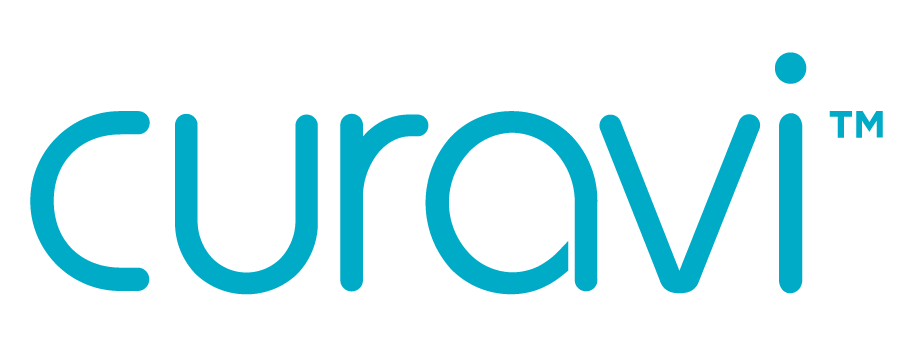Running is a dynamic cardiovascular exercise. You can run alone or with friends, at home or in an exotic location. It is also a physical activity that you can do at nearly any age. While there are many benefits to becoming a running enthusiast, you will also have to watch for some of the most common athletic injuries. Conditions like runner’s knee, shin splints, and pulled muscles may occur when you run regularly.
It is also essential to understand the link between running and lower back pain. After all, it is an activity involving repetitive impact and stress on the body. Some people with underlying back problems may find that long-distance running in particular makes their symptoms worse. If you are noticing discomfort or tension in your lower back while you run, you’ll want to understand the following ways your back can be affected. It is also helpful to know which types of lower back pain treatments are available to you.
1. Muscle Strain
When you overextend yourself during a run, you may feel pain and muscle spasms in the center of your lower back. The tightness and twitching are often signs of a muscle strain or sprain. These injuries are usually not severe but do require self-care.
If you start to feel discomfort or have muscle spasms while you run, stop exercising immediately. Rest your back or do some gentle stretching of the lower back and hamstrings. Loosening up your legs and lumbar area can help to ease spasms or tightness. You can also try ice therapy or heat therapy to relax the muscles and reduce lower back spasms. If the pain continues past your recovery session, take a few days off from training to engage in self-care techniques. Your doctor may also recommend over the counter (OTC) pain medication or OTC anti-inflammatory medication. Low-level laser therapy for lower back pain is shown to be effective for modulating spasms, pain, and inflammation.
Wearing a Curavi™ laser therapy belt for 30 minutes per day can help you to reduce your muscle spasms and live more comfortably. Ask a physician if you continue to feel pain after a few days. This could be the sign of a different type of injury. You may also need to engage in another form of self-care.






